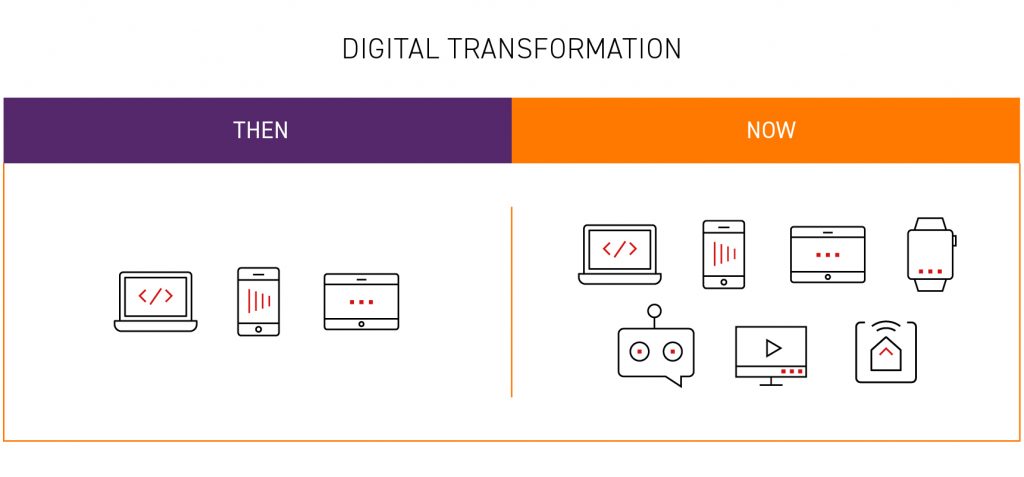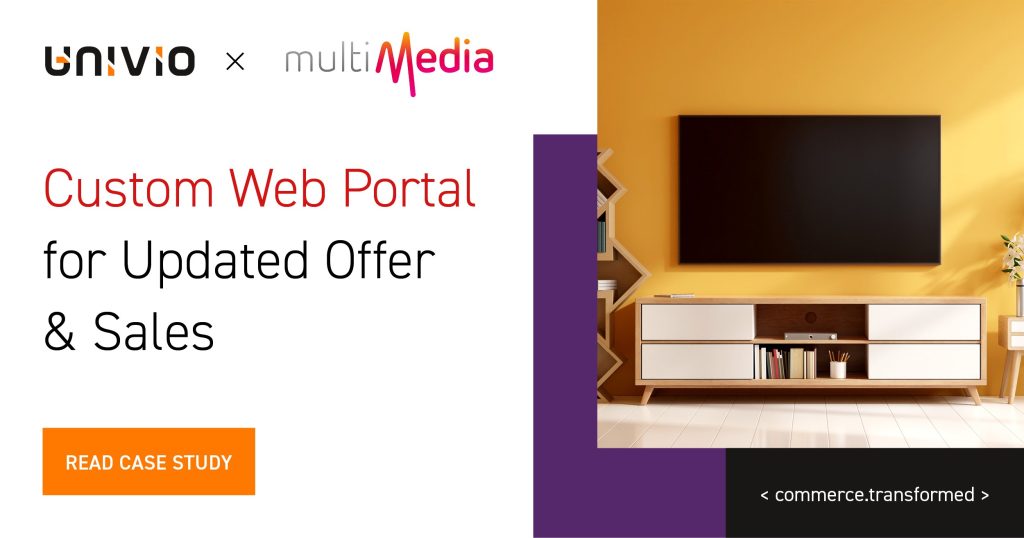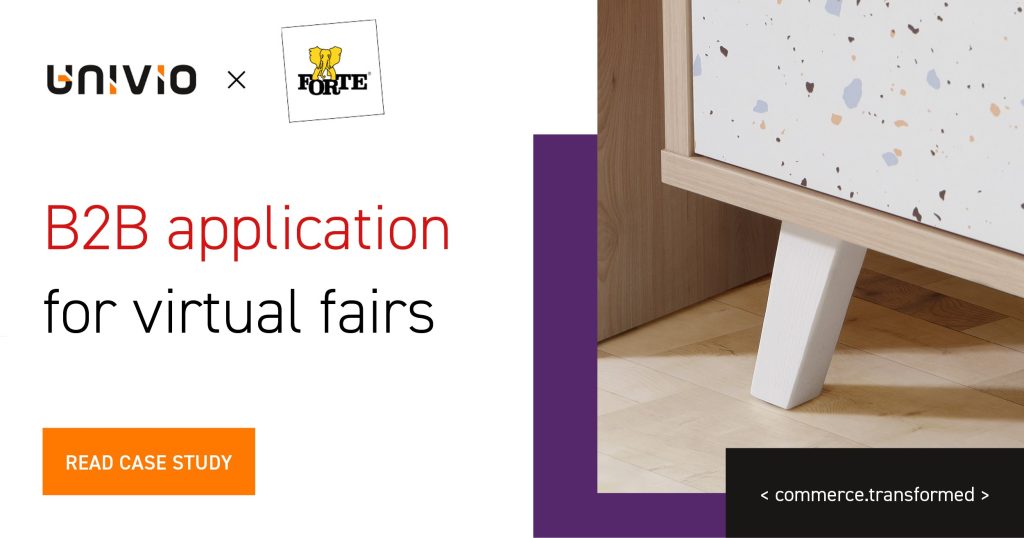Digital Accessibility & Usability / Adapting to the Customer
In our previous post, we discussed the challenges of making websites more accessible for people with vision impairments and (spoiler) how to solve them. This time, we want to expand on the concept of usability as a whole, to show how businesses can better make their products and services accessible for all.
This time, we want to talk about:
- Diversifying customer service to ensure communication and contact is never a challenge.
- How to help those with hearing impairments.
- How to improve the post-purchase service to be as holistic as possible with people’s lifestyles.
So, without further ado, let’s go!
Accessible Customer Service
There are many ways to implement customer service. The digital world is always doing it’s best to replicate the personal factor of physical premises such as shops but this, combined with the challenges of scaling, mean we often have to be a little creative.

Usually, there are a few go-to options…
The benefit of email is that it’s somewhat convenient and enables secondary teams to handle messages and requests at non-peak times. The downside however is that, due to this, many are reluctant to use it if they have urgent issues they want handled now.
Phone
Another classic option, phone communications are being phased out in many businesses. They require a lot of staff (in comparison to requests handled at any one point) and additional associated costs. Due to international phonelines, they also seldom scale well.
Online Chat
A growing replacement to the telephone, web-based chat serviced allow customers to communicate directly with a representative in-browser or in-app. What’s more, unlike a phone call, an employee can handle multiple chats at once and, with further inclusions such as AI, we can even automate the frequent, common questions to further save time and costs.
FAQ
A good old series of Frequently Asked Questions never hurts either! This will save both customers and your support teams a lot of time, enables users to find information by themselves and – what’s more – when you do start using automated chatbots, for example, you already have a series of questions and answers to build from 😉

But Is This Enough?
One might think that online chat is enough for people who can’t or don’t wish to communicate verbally, but as we explored in the last blog post, not everyone has strong eyesight for the small text that chat usually entails. We can change that, of course, but in the name of inclusivity, what else can we do?
One example we’d really like to highlight here is RTV Euro AGD – one of Poland’s biggest retail & e-commerce companies. We’re not mentioning them because they’re our client, but because they enable deaf people to communicate via Polish Sign Language on their website.
On the Subject of Hearing Impairment
Last time we discussed visual needs, so this time let’s talk about people with problems hearing. Just as how we recommended larger text (or the ability to switch such a mode on), we need the same solutions for deaf people. This is most prevalent in various movies and other media. Without subtitles or other annotations, a great deal of information is lost to part of your customer base.
As an added bonus, this is also useful for people without earphones (and who don’t wish to be a nuisance on the bus 😉 ) or an easy option to enable your existing media in multiple languages.
Adapting to Modern Lifestyles
To be truly adaptable, we also need to adapt our very business model to meet today’s needs. If people aren’t comfortable with the way the products or services are delivered, it can ruin the great customer experience we built up online.
There are a few key areas here:
- Payment options. Entering card details is very old school. Today’s shoppers also use digital wallets and other payment services to make things convenient. Not enabling these options can lead to an increased checkout abandonment rate.*
- Deliveries. When – and where – do you want your products to be sent?
- Logistics & order handling. Even before they arrive, how do we update and inform the customer?
- Returns. What if the customer wants to return their goods? How does our business make this as painless as possible?
*In the wider IoT world, it’s also worth keeping an eye on the growing popularity of optical scanners, biochips and other novel methods.
Now, most of this applies more to the B2C sector than the B2B, but there’s nonetheless are lot to be learned by everyone.

Deliveries.
Anyone who has had to wait all day for a package arriving between 8:00 am and 18:00 pm knows the impact it has on your day. These inconveniences can quickly become a reason why a customer shops elsewhere.
Of course, we understand that very few companies are in charge of their own deliveries (if so, the problem would be solved very quickly), so we have four easy recommendations:
- Choose your courier and delivery partners carefully. Choose partners that provide more flexibility and shorter windows.
- Enable alternative delivery options, such as parcel lockers. Here, customers can choose the best location and access their products at a time convenient to them.
- Allow for customization. During the pandemic, the ability to tell couriers to leave packages at the door, rather than direct contact, was critical. The ability to enable the customer’s voice at any stage has proven invaluable – and will continue to be so.
- Use a little common sense! If your product or service has a specific purpose, let this inform how you deliver your goods. There are many companies now offering food packages of daily meals; the first meal is at breakfast, so these businesses (well, the successful ones) build delivery systems around early morning deliveries.
Logistics & Orders
Okay, so delivery options aside, what’s next? Well, one of the biggest problems with waiting all day for a package was often the radio silence from both the logistics provider and the store. A lack of communication quickly adds to frustration.
Again, we can get around this with modern technology and choosing couriers that implement such solutions, naturally – most parcel locker services do this by default. Today’s consumers want to know when their products have left the warehouse, when it’s in the van and… to be honest, when they can go to the bathroom 😉
This is especially true for large orders that get split. Customers want to know which items are expected when.
Use personalization to save time. Many people are afraid of personalization because they think of mass-targeted ads and other intrusive behaviour, but here we’re talking about not just recommendation engines, but also enabling repeat orders. For example, if a customer makes a regular purchase, why not offer the chance to automate the order. Even simply saving the order somewhere will enable users to save some time – but it all adds up!
Not every business can do that of course, but we think that one can really help the challenge of digital B2B sales!
Complaints & Returns
What if customers aren’t happy with a product, or there’s a mistake? No business is perfect, but rectifying unpleasant experiences is an opportunity to generate newer, more positive ones. However, while a physical store can handle returns and complaints easily, it is not so simple for digital channels.
In the past, customers had to deal with the postage themselves. These days, the best businesses try to take care of this process on their side, with pre-printed waybills for easier shipping via courier. As an added bonus, this also means companies can track their returning parcels to ensure nothing is lost. If you’re using parcel lockers, we can again utilize them as drop-off points for customers – allowing them to return items in just as convenient a manner.
In other areas, we can again look to customer service: having efficient communication and account management channels in place. Many online stores or delivery services, for example, have a communicator built-in specifically for dealing with such requests.
Meet Customers on Their Terms – Not Yours
More than just convenience, inclusivity and accessibility are about opening your business up in the way that works best for the customer, not the way that’s most cost-effective for the business. This isn’t everything, of course – inclusivity is a diverse topic and we haven’t even touched upon mental disabilities and other ways to improve accessibility – but we feel confident the changes recommended here are some of the easiest to make…
…and you’ve got to start somewhere, right? 😊







